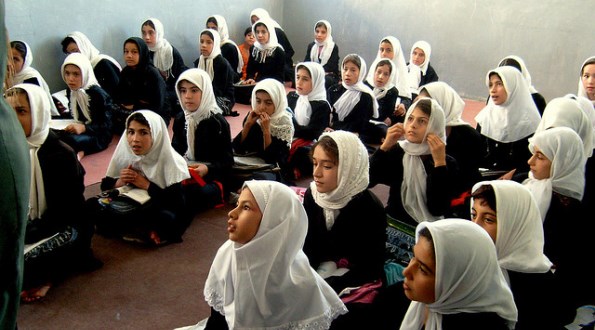BECOME A MEMBER
>JOIN
Women and Girls in the Afghanistan Transition

The Council on Foreign Relations has recently published a working paper on "Women and Girls in the Afghanistan Transition" that recommends several policies on how the United States can promote gender equality in Afghanistan and build on gains that have been made.
Although Afghan women and girls have made strides in education, the economy, health care, politics, and broader civil society since the 2001 U.S.-led intervention, these advances remain fragile. As Afghanistan transitions to a new presidency and the drawdown of U.S. troops continues through 2016, now is the time for the United States to take action, in coordination with Afghanistan and its partners, to cement and extend gender-equality gains, close the gaps, and prevent reversal. Despite a decreasing military footprint in Afghanistan, the United States has a unique ability and obligation to continue supporting Afghan efforts to improve women's security and leadership opportunities through diplomacy, defense, and development aid.
Fellow for Women and Foreign Policy Catherine Powell recommends several policies that would allow the United States to secure and broaden these gains, including interagency coordination led by the National Security Council, joint leadership of the Afghan Gender Task Force by the special representative for Afghanistan and Pakistan and the ambassador-at-large for global women's issues, and prioritized goals of improving women's security and investing in women's rights and decision-making authority.
To download the working paper, please click here.
Photo courtesy of marin.a.

